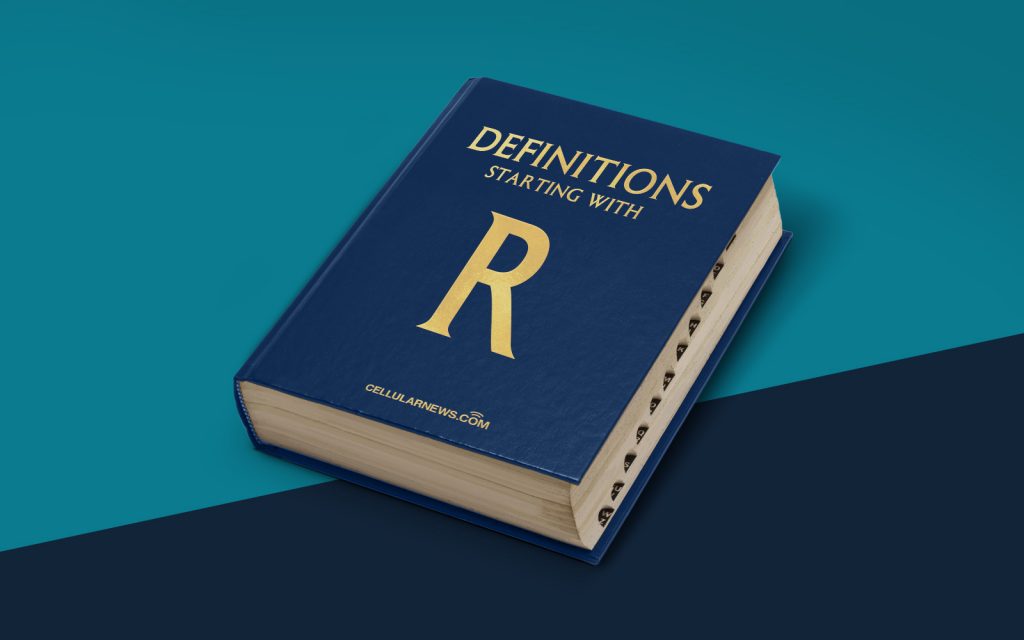
What is R? A Comprehensive Definition
Welcome to our “DEFINITIONS” blog series, where we provide clear and concise explanations of various terms and concepts. In this edition, we will demystify the powerful programming language known as R. So, if you’ve ever wondered, “What is R?” or “How is R used?”, this post is for you!
Key Takeaways:
- R is a versatile programming language specifically designed for statistical analysis and data visualization.
- The R programming community is vast and provides an extensive collection of packages and libraries to enhance data analysis capabilities.
Now, let’s delve into the world of R and explore its applications, features, and benefits.
R is an open-source programming language and software environment that is widely used for statistical analysis and data visualization. It was developed by Ross Ihaka and Robert Gentleman at the University of Auckland, New Zealand, in the mid-1990s. Since its creation, R has gained immense popularity amongst statisticians, data analysts, and researchers due to its wide array of statistical techniques and its ability to create stunning visualizations.
With R, users can perform a wide range of statistical operations, including data manipulation, modeling, hypothesis testing, and predictive analytics. The language’s extensive library of packages, such as ggplot2, dplyr, and caret, allows users to apply complex statistical methodologies with ease.
Besides its statistical prowess, R excels in data visualization. R provides various graphical libraries, enabling users to generate visually appealing and insightful plots, charts, and diagrams. Whether it’s creating histograms, scatter plots, or heatmaps, R provides a wide range of options to effectively communicate data findings.
One of the remarkable features of R is its active and vibrant community. With a substantial number of contributors, R continuously evolves, with new packages and updates released regularly. This robust ecosystem ensures that users have access to cutting-edge techniques and methodologies, enhancing their data analysis capabilities.
The versatility of R extends beyond academia. Numerous industries, including finance, healthcare, marketing, and e-commerce, rely on R to extract valuable insights from their abundant data. From building predictive models for investment strategies to analyzing medical data for disease research, the applications of R are truly endless.
Key Takeaways:
- R is a versatile programming language specifically designed for statistical analysis and data visualization.
- The R programming community is vast and provides an extensive collection of packages and libraries to enhance data analysis capabilities.
In conclusion, R is a powerful programming language that revolutionizes the field of statistical analysis and data visualization. Whether you are a data analyst, researcher, or industry professional, learning R can unlock a whole new world of possibilities. So why not explore this fascinating language further and see how it can elevate your data analysis skills!
